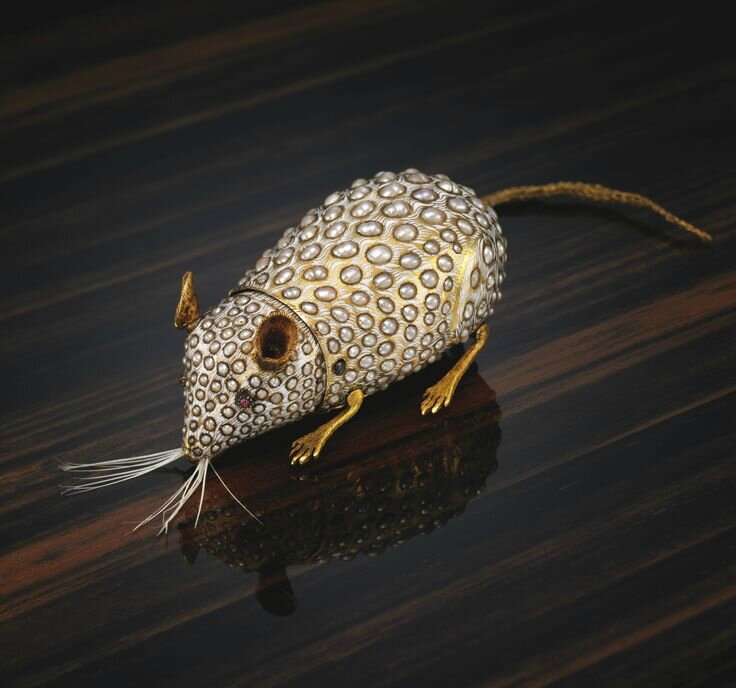

The lands bordering the Mediterranean Sea in southern Europe, north Africa, and western Asia are home to the Mediterranean Basin ecoregions, which together constitute the world's largest and most diverse mediterranean climate region of the world, with generally mild, rainy winters and hot, dry summers.

The Palearctic and Nearctic also share many plant species, which botanists call the Arcto-Tertiary Geoflora. Many zoologists consider the Palearctic and Nearctic to be a single Holarctic realm. Eurasia and North America were often connected by the Bering land bridge, and have very similar mammal and bird fauna, with many Eurasian species having moved into North America, and fewer North American species having moved into Eurasia. This vast Euro-Siberian region is characterized by many shared plant and animal species, and has many affinities with the temperate and boreal regions of the Nearctic realm of North America. South of the taiga are a belt of temperate broadleaf and mixed forests and temperate coniferous forests. Wikispecies has information related to Sus salvanius.The boreal and temperate Euro-Siberian region is the Palearctic's largest biogeographic region, which transitions from tundra in the northern reaches of Russia and Scandinavia to the vast taiga, the boreal coniferous forests which run across the continent. Wikimedia Commons has media related to Sus salvanius.
^ "These little piggies are going all the way home… to the wild | The Optimist Daily". Abu Dhabi, UAE: IUCN/SSC Re-introduction Specialist Group. Global Re-introduction Perspectives: 2010. "Conservation breeding and re-introduction of the pygmy hog in N.W. ^ a b "World's Smallest Hogs Released Into Wild". IUCN/SSC Pigs, Peccaries, and Hippos Specialist Group (PPHSG) Newsletter. "Pygmy Hog Conservation Programme – an update". "Pygmy Hog Conservation Programme in Assam, India". Proceedings of the Zoological Society of London: 413–418. External characters and visceral anatomy". "Notes on the anatomy of Sus salvanius ( PorcuIa salvania, Hodgson). "Brief Notice of several Mammalia and Birds discovered by B. "The pygmy hog is a unique genus: 19th century taxonomists got it right first time round". Gland, Switzerland: IUCN/SSC Pigs and Peccaries Specialist Group, IUCN/SSC Hippo Specialist Group. Pigs, Peccaries and Hippos: Status Survey and Conservation Action Plan. The Pigmy Hog: the Biology and Conservation of the Pigmy Hog, Sus (Porcula) salvanius, and the Hispid Hare, Caprolagus hispidus. Journal of the Asiatic Society of Bengal. "On a new form of the Hog kind or Suidae". Mammal Species of the World: A Taxonomic and Geographic Reference (3rd ed.). The species name salvania is after the sal forests where it was found. The resurrection of the original genus status and the species name Porcula salvania has been adopted by GenBank. A 2007 genetic analysis of the variation in a large section of mitochondrial DNA suggested that the original classification of the pygmy hog as a distinct genus was justified. Later, the pygmy hog was moved with other pig species in the genus Sus and named Sus salvanius. Porcula salvania was the scientific name proposed by Brian Houghton Hodgson in 1847 who described a pygmy hog from the Sikkim Terai. They feed on roots, tubers, insects, rodents, and small reptiles. During the heat of the day, they stay within these nests. In the wild, they make small nests by digging a small trench and lining it with vegetation. 
They breed seasonally before the monsoons giving birth to a litter of three to six after a gestation of 100 days.

They live for about eight years, becoming sexually mature at one to two years old. Piglets are born grayish-pink, becoming brown with yellow stripes along the body length. Adult males have the upper canines visible on the sides of their mouths. Its head is tapered with a slight crest of hair on the forehead and on the back of its neck. The pygmy hog's coat is brown with a few dark hairs. Painting of a piglet born in the London Zoological Gardens in 1883








 0 kommentar(er)
0 kommentar(er)
